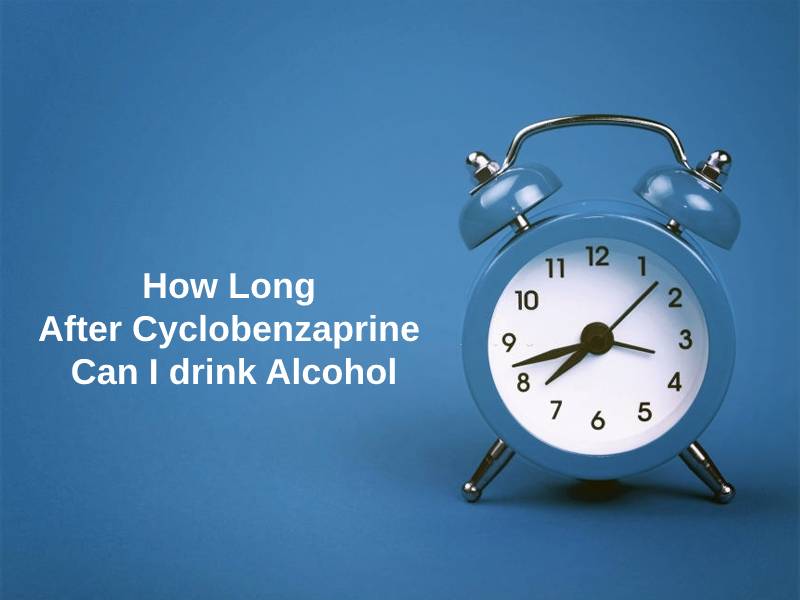Exact Answer: After an hour
Breastfeeding is a preferred mode of feeding a newborn child. Medical professionals have deemed breastfeeding as one of the most optimum ways of providing nutrition to the infant. However, breastfeeding schedules for each baby may be quite divergent.
Nonetheless, it is not imperative that new mothers breastfeed their babies all day long. This is where breast pumps become lifesavers for the community of mothers. As a mechanical device, the breast pump helps extract the breast milk from the mother and store it for the baby. This milk can then be used to feed the infant when the mother is away or when breastfeeding is not possible.

How Long After Breastfeeding Can I Pump?
Each child has a different feeding routine and schedule. This is hinged on the appetite and the age of the child in question. Thus, breastfeeding and pumping schedules for each individual mom will also vary significantly. However, it is possible to ideate a schema on the basis of the overall average time frame of reference.
Most medical professionals stress the importance of pumping breast milk after about 30 minutes of a breastfeeding session. This is applicable to a newborn child. The time gap can also be increased to an hour after a breastfeeding session.
However, since each child has a different feeding schedule, moms may need to work around this ground rule. In case a child needs to be fed every 4 hours, then the 2-hour mark after a breastfeeding session will be more appropriate for pumping.
Some lactating moms also prefer pumping right after a breastfeeding session. In such a case, they may not follow the one-hour rule that is prescribed by doctors. Again, the correct or most appropriate pumping schedule for an individual can only be identified through the process of trial and error and may take some time to be established for both the mom and the child.
The objective is to reach a total of 8 to 10 pumpings during the day. Pumping can be started around the 6-week mark for a healthy and weight-appropriate child. Mothers should not spend more than 5 hours in between pumping sessions, especially during the first few weeks of the newborn’s life. As the child gets older, pumping sessions after breastfeeding may be reduced.

In Summary:
| Schedule Limit | Waiting Period Between Breastfeeding and Pumping |
| Lower Limit | 30 minutes |
| Upper Limit | 1 hour |
Why Do I Have To Wait After Breastfeeding To Pump?
Most lactation consultants suggest that new moms wait for a while after they breastfeed the child for a very important reason. It takes some time for the milk to be produced by the body. If moms pump right after a breastfeeding session, the chances of insufficient milk supply may be quite high.
It is important to give one’s body time to replenish the supply of milk that has been used by the child during the recent breastfeeding session. Some moms prefer pumping immediately because they believe that doing so would increase milk supply. However, there is no stated evidence to support this claim.
Most doctors would suggest that the mothers should pump in the morning as prolactin- the hormone needed for milk production- is at its peak in the morning. Moms can also pump an hour before breastfeeding the infant. As the age of the baby increases, these sessions of pumping can be reduced.
It is important to first establish a regular nursing and feeding routine for the child. This is more or less stabilized within the first 2 weeks of the child’s birth. Moreover, it is advisable that mothers first satiate their child’s needs through natural nursing and then pump. Thus, the stated timeline of breastfeeding and pumping.

It is always better when a new mom first consults a lactation consultant to create a well-suited time frame of feeding and pumping. When fixed by an expert, this takes into account several factors like the milk supply of the mom, the latching capabilities of the child, the weight and needs of the baby, etc.
Conclusion
New mothers are apprehensive about breastfeeding their newborn babies. There may also be several contingencies associated with breastfeeding a newborn infant. Thus, the existence of breast pumps helps alleviate a lot of this apprehension.
Working moms or mothers who have to remain away from their infants for some time can do so while using a breast pump device to pump and store breast milk. After breastfeeding the child, the mother can pump her milk within about 30 minutes to an hour. Sometimes this timeline may change according to the feeding schedule of the child in question and the milk supply of the mother.





















The article discusses the benefits of breast pumps in enabling mothers to provide nutrition for their infants. However, it would be interesting to see comparative studies on the effectiveness of breast pumps versus direct breastfeeding.
I agree, Joel. It’s essential to consider the broader context of breastfeeding, pumping, and the potential implications for infant health and development.
The article offers a comprehensive understanding of the physiological aspects and external factors influencing breastfeeding and pumping decisions. Its emphasis on professional guidance and a systematic approach is commendable.
Absolutely, Knight Stephanie. By fostering nuanced, evidence-based discussions, this article enriches the discourse on infant feeding and nurturing.
Indeed, Knight Stephanie. The recognition of multifaceted considerations in breastfeeding and pumping practices can guide mothers in making informed choices for infant well-being.
The article presents compelling reasons for waiting periods between breastfeeding and pumping, dispelling misconceptions and advocating for an informed, strategic approach to milk supply management. It provides clarity amid the complexities of infant care.
Absolutely, Simpson Henry. It’s imperative to nurture an evidence-based understanding of breastfeeding and pumping dynamics for optimal infant nourishment.
Well said, Simpson Henry. The emphasis on informed decision-making in breastfeeding and pumping practices can enhance maternal confidence and infant well-being.
This article emphasizes the role of lactation consultants in guiding new mothers through their breastfeeding and pumping journey. It highlights the importance of seeking professional support in this process.
Absolutely, Daisy. Professional guidance can address individual concerns and provide tailored strategies for breastfeeding and pumping success.
The article delves into the recommendations for waiting periods between breastfeeding and pumping and explains the physiology behind these suggestions. It could serve as a helpful guide for new moms navigating the complexities of breastfeeding.
Yes, Njones, understanding the scientific underpinnings of breastfeeding and pumping can empower mothers to make informed decisions about infant care.
The article puts forth a balanced view on the practices of breastfeeding and pumping, acknowledging the individual variability in infant feeding patterns while emphasizing the importance of a systematic approach. It’s refreshing to see this nuanced perspective.
Indeed, Swhite. The recognition of individualized needs and the provision of structured guidance can enrich the experiences of new mothers.
This article provides valuable information for new mothers about breastfeeding and pumping, emphasizing the importance of a feeding schedule tailored to each baby’s needs.
Absolutely, Olivia! It’s crucial for new moms to understand the individualized nature of feeding and pumping schedules for each baby.
The article outlines a comprehensive approach to establishing a feeding and pumping routine suitable for both the mother and the baby. This structured guidance can be valuable for mothers seeking clarity on this aspect.
Indeed, Fox Ian. The detailed insights into feeding schedules and the interaction between breastfeeding and pumping can mitigate uncertainties for new moms.
From the discussion on waiting periods to the importance of consulting lactation experts, this article offers evidence-based guidance to new mothers embarking on the breastfeeding journey. This knowledge can help dispel common myths and misconceptions.
Precisely, Darren05. It’s crucial to rely on accurate, scientifically-grounded information when navigating the nuances of breastfeeding and pumping.
This article addresses the need for precision and individualization in establishing feeding and pumping schedules for newborns. It’s a valuable resource for new mothers navigating this vital aspect of infant care.
Agreed, Xallen. The articulation of tailored strategies and scientifically-informed practices can empower mothers in providing the best care for their infants.